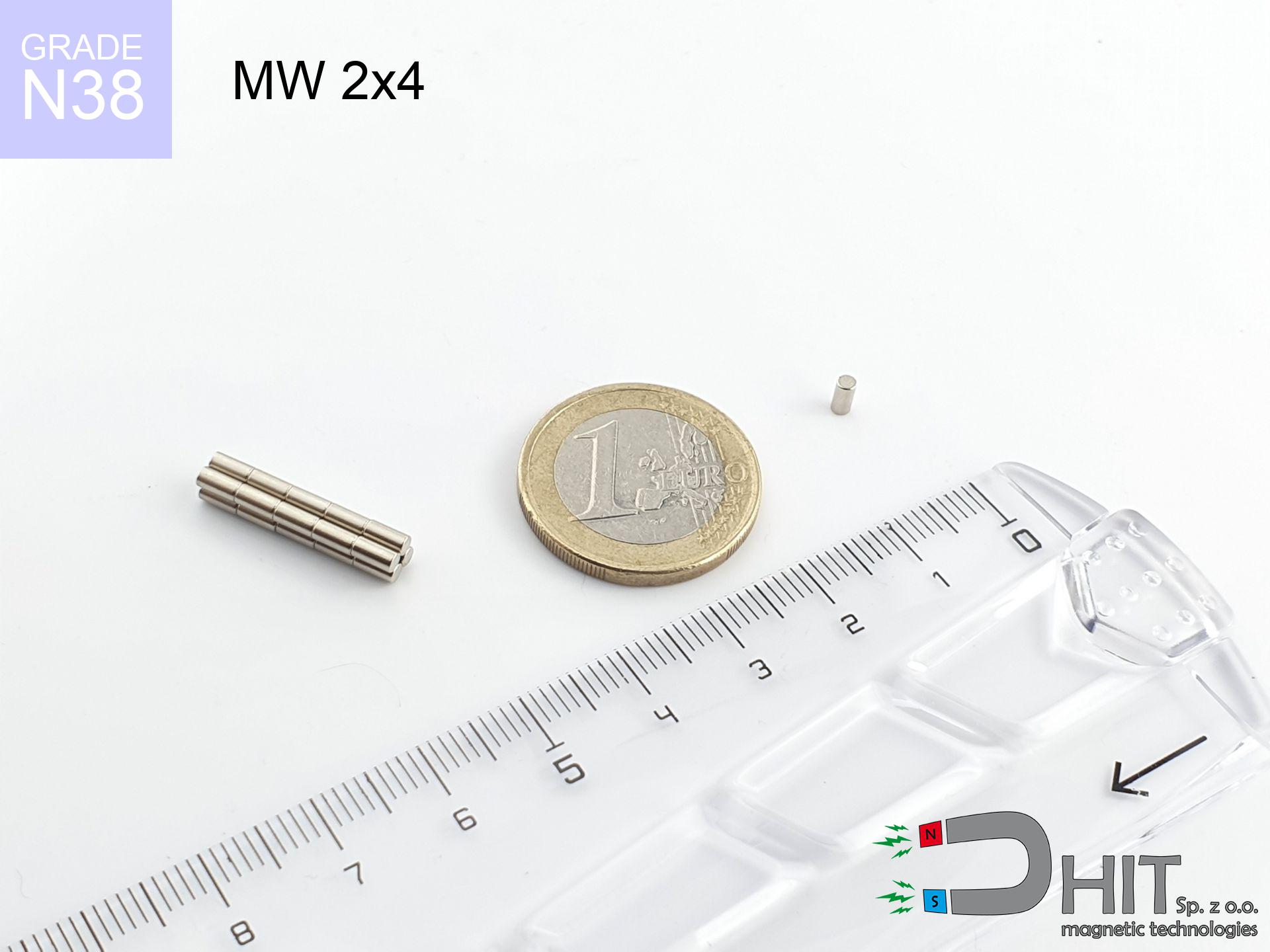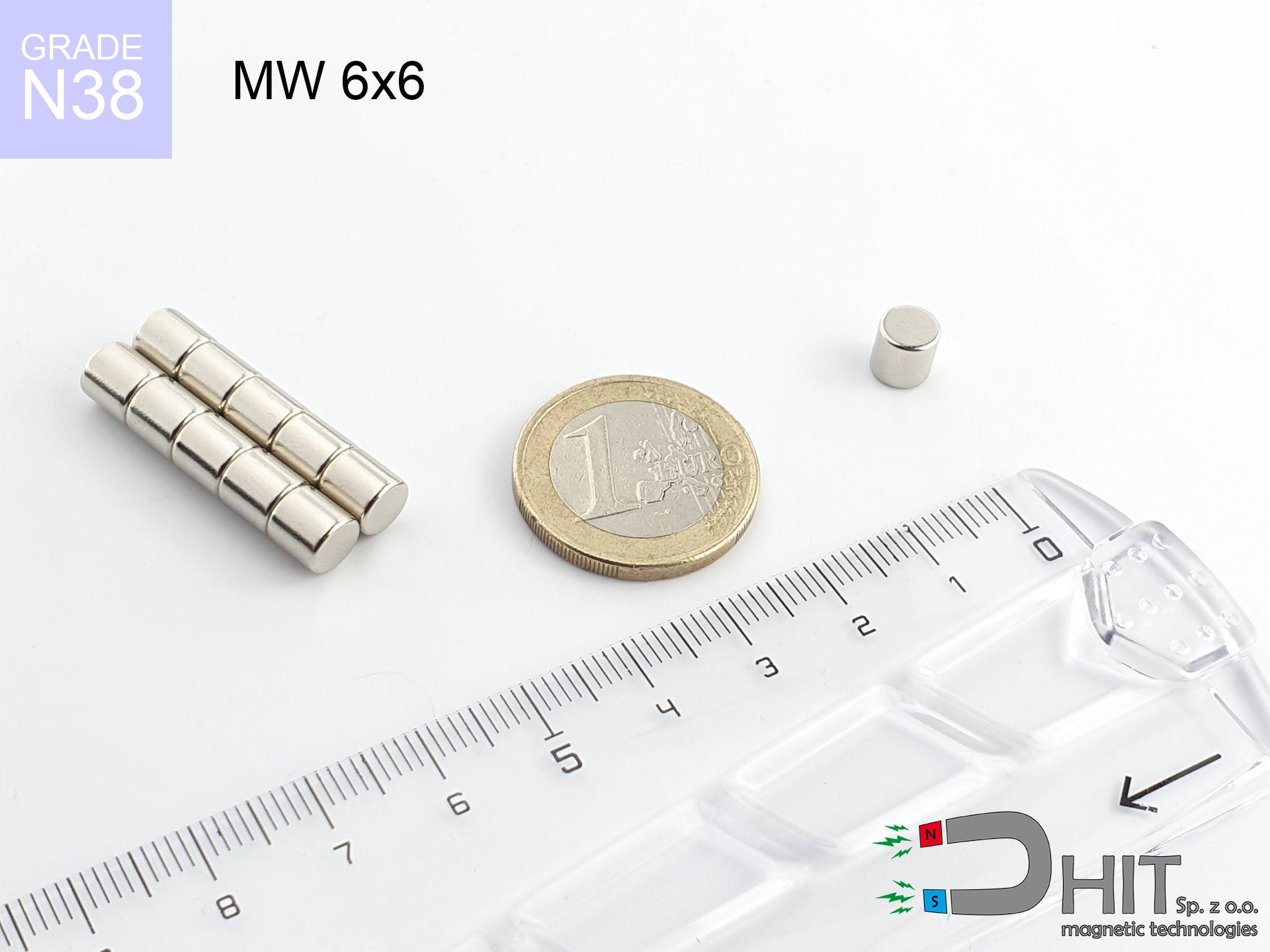SM 25x250 [2xM8] / N52 - magnetic roller
magnetic separator
catalog number 130371
GTIN: 5906301813194
diameter Ø
25
mm [±0,1 mm]
height
250
mm [±0,1 mm]
max. temperature
≤ 80
°C
catalog number 130371
GTIN: 5906301813194
diameter Ø
25 mm [±0,1 mm]
height
250 mm [±0,1 mm]
max. temperature
≤ 80 °C
762.60 ZŁ gross price (including VAT) / pcs +
620.00 ZŁ net price + 23% VAT / pcs
bulk discounts:
need more quantity?Do you have a problem in choosing?
Give us a call tel: +48 888 99 98 98 or write through contact form on the contact page. You can check the power as well as the shape of neodymium magnet in our force calculator power calculator
Orders placed by 2:00 PM will be shipped on the same business day.
Specification: magnetic separator 25x250 [2xM8] / N52
Magnetic properties of the material N52
Physical properties of sintered neodymium magnets Nd2Fe14B
Compilation of suggested goods
Advantages and disadvantages of neodymium magnets NdFeB.
Apart from immense strength, neodymium magnets have the following advantages:
- They do not lose strength over time. After approximately 10 years, their power decreases by only ~1% (theoretically),
- They protect against demagnetization caused by external magnetic sources very well,
- In other words, thanks to the glossy nickel, gold, or silver finish, the element gains an aesthetic appearance,
- They have very high magnetic induction on the surface of the magnet,
- Thanks to their high temperature resistance, they can operate (depending on the form) even at temperatures up to 230°C and above...
- Thanks to the flexibility in shaping or the ability to adapt to specific requirements – neodymium magnets can be produced in various forms and dimensions, which expands the range of their possible uses.
- Significant importance in advanced technologically fields – find application in computer drives, electric motors, medical devices or very advanced devices.
Disadvantages of neodymium magnets:
- They are prone to breaking as they are fragile when subjected to a powerful impact. If the magnets are exposed to impacts, we recommend using magnets in a protective case. The steel housing in the form of a holder protects the magnet from impacts and simultaneously increases its overall strength,
- They lose power at high temperatures. Most neodymium magnets experience permanent loss of strength when heated above 80°C (depending on the form and height). However, we also offer special magnets with high temperature resistance, up to 230°C,
- Magnets exposed to a humid environment can corrode. Therefore, when using them outdoors, we suggest using waterproof magnets made of rubber, plastic, or other moisture-resistant materials,
- The use of a cover - a magnetic holder is recommended due to the limited production capabilities of creating threads or complex shapes in the magnet
- Possible danger associated with microscopic parts of magnets pose a threat, when accidentally ingested, which is crucial in the aspect of protecting young children. Additionally, tiny parts of these devices can complicate diagnosis in case of swallowing.
Exercise Caution with Neodymium Magnets
Dust and powder from neodymium magnets are highly flammable.
Avoid drilling or mechanical processing of neodymium magnets. If the magnet is crushed into fine powder or dust, it becomes highly flammable.
Neodymium magnets can become demagnetized at high temperatures.
Although magnets have shown to retain their effectiveness up to 80°C or 175°F, this temperature may vary depending on the type of material, shape, and intended use of the magnet.
The magnet coating is made of nickel, so be cautious if you have an allergy.
Studies show a small percentage of people have allergies to certain metals, including nickel. An allergic reaction often manifests as skin redness and rash. If you have a nickel allergy, you can try wearing gloves or simply avoid direct contact with nickel-plated neodymium magnets.
Neodymium magnets are among the most powerful magnets on Earth. The astonishing force they generate between each other can surprise you.
On our website, you can find information on how to use neodymium magnets. This will help you avoid injuries and prevent damage to the magnets.
Under no circumstances should neodymium magnets be brought close to GPS and smartphones.
Intense magnetic fields generated by neodymium magnets interfere with compasses and magnetometers used in navigation, as well as internal compasses of smartphones and GPS devices.
Neodymium magnets are primarily characterized by their significant internal force. They attract to each other, and any object that comes in their way will be affected.
If you have a finger between or on the path of attracting magnets, there may be a serious cut or even a fracture.
Under no circumstances should neodymium magnets be placed near a computer HDD, TV, and wallet.
Neodymium magnets generate strong magnetic fields that can damage magnetic media such as floppy disks, video tapes, HDDs, credit cards, magnetic ID cards, cassette tapes, or other devices. They can also destroy videos, televisions, CRT computer monitors. Remember not to place neodymium magnets close to these electronic devices.
Neodymium magnets are not recommended for people with pacemakers.
Neodymium magnets generate very strong magnetic fields that can interfere with the operation of a pacemaker. This happens because such devices have a function to deactivate them in a magnetic field.
Neodymium magnets are noted for being fragile, which can cause them to shatter.
Neodymium magnets are delicate as well as will break if allowed to collide with each other, even from a distance of a few centimeters. Despite being made of metal and coated with a shiny nickel plating, they are not as hard as steel. In the case of a collision between two magnets, there can be a scattering of small sharp metal fragments in different directions. Protecting your eyes is essential.
Magnets should not be treated as toys. Therefore, it is not recommended for youngest children to have access to them.
Not all neodymium magnets are toys, so do not let children play with them. Small magnets pose a serious choking hazard or can attract to each other in the intestines. In such cases, the only solution is to undergo surgery to remove the magnets, and otherwise, it can even lead to death.
To illustrate why neodymium magnets are so dangerous, see the article - How dangerous are very strong neodymium magnets?.

![SM 25x250 [2xM8] / N52 - magnetic roller SM 25x250 [2xM8] / N52 - magnetic roller](https://cdn3.dhit.pl/graphics/products/sm-25x250-2xm8-sam.jpg)
![magnetic separator 25x300 [2xM8] / N42 magnetic separator 25x300 [2xM8] / N42](https://cdn3.dhit.pl/graphics/products/sm-25x300-2xm8-kud.jpg)




